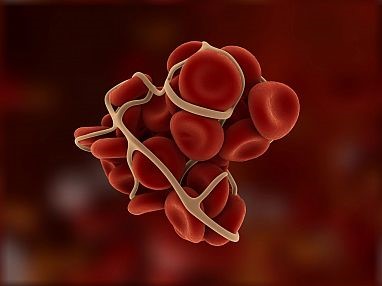 Normally, so-called coagulation factors in the plasma ensure rapid haemostasis. If these factors are missing or are only produced inadequately, this can result in excessive bleeding or even serious haemorrhages in joints or brain haemorrhages and means an increased risk during operations. Factor deficiency can occur with different factors. Correct identification is therefore important for treatment.
Normally, so-called coagulation factors in the plasma ensure rapid haemostasis. If these factors are missing or are only produced inadequately, this can result in excessive bleeding or even serious haemorrhages in joints or brain haemorrhages and means an increased risk during operations. Factor deficiency can occur with different factors. Correct identification is therefore important for treatment.
Factor deficiency in plasma is a medical condition where the blood lacks certain clotting factors, which are essential for normal blood coagulation. Some of the common factors that are found to be deficient in plasma include factor VIII, factor IX, factor XI, and factor XIII.
The cause of factor deficiency in plasma can be either inherited or acquired. Inherited factor deficiencies occur due to genetic mutations and are passed down from generation to generation. Acquired factor deficiencies, on the other hand, can occur due to certain medical conditions such as liver disease, disseminated intravascular coagulation (DIC), or due to the use of certain medications that affect the normal functioning of the blood coagulation system.
The diagnosis of factor deficiency in plasma is usually made through a series of blood tests, including a complete blood count (CBC), prothrombin time (PT), and activated partial thromboplastin time (APTT). The results of these tests help determine the severity of the deficiency and the type of treatment that may be required.
Treatment for factor deficiency in plasma typically involves replacing the missing clotting factor either through intravenous injections or through the use of factor concentrates. In some cases, treatment may also involve the use of antifibrinolytic drugs to prevent excessive bleeding.
Szabo-Scandic not only offers blood tests to determine factor deficiencies, but also special plasma for haematological research. In addition to normal pooled plasma, our manufacturer George King Bio-Medical has been offering a range of different plasmas from patients with a factor deficiency for over 50 years. In this way, patients can make an important contribution to research and enable the discovery of new therapies.

 Deutsch
Deutsch



